Note, I'm looking to make a 1px line, not a 1pt line. Meaning it should be 1px regardless of screen scale (so 0.5pt on Retina devices).
I can do this programmatically, but can I do it in the Interface Builder? For example I cannot set a UIView to have a height of less than 1.
If I can do it in IB then I don't have to declare an outlet and manually set the frame in awakeFromNib.






